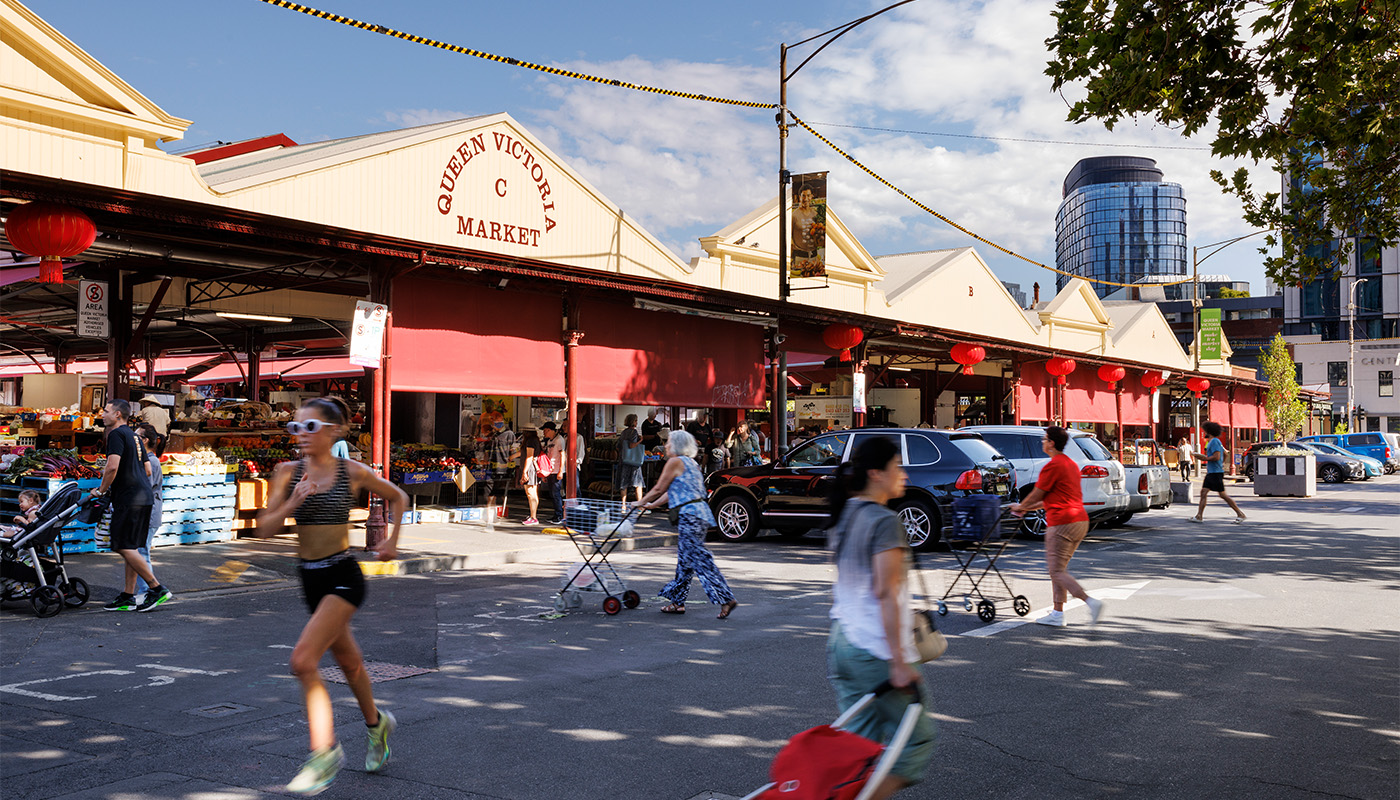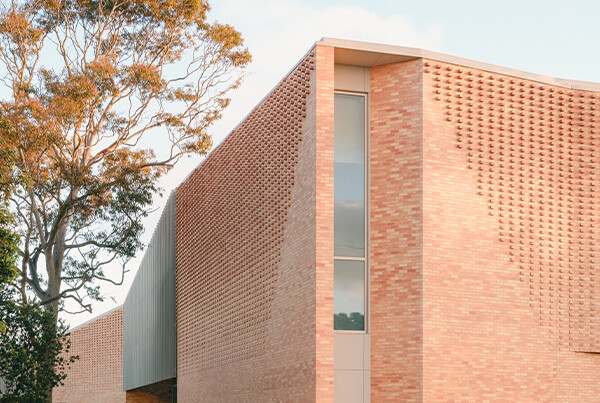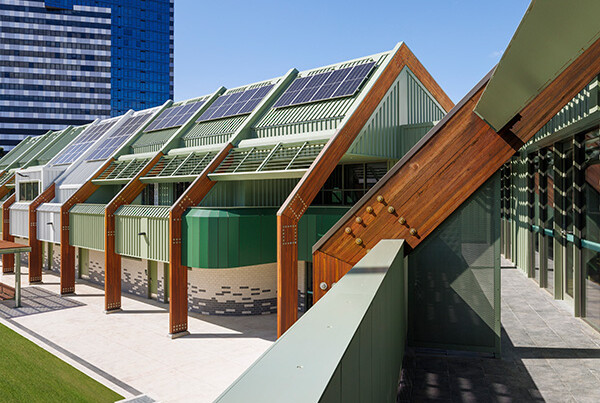25/10/2023
Heritage-listed buildings are more than just structures; they are living remnants of history that carry the stories and craftsmanship of bygone eras.
Restoring these architectural treasures requires an intricate blend of modern technology and traditional craftsmanship. At McCorkell Constructions, we have had the privilege of working on many iconic heritage restoration projects over our long journey.
Today, we offer a technical insight into two of our most recent projects – the Queen Victoria Market Heritage Sheds and 425 Collins Street.
Queen Victoria Market Heritage Sheds
The Queen Victoria Market Heritage Sheds restoration project presented a unique set of challenges and opportunities. Our mission was clear: to breathe new life into these iconic sheds, providing a modern, insulated roof, and installing services to enhance the experience for traders and visitors while respecting the heritage of the site.
Working closely with the architecture team, we completed a comprehensive structural review of the twelve sheds. Every beam, truss, and bolt was individually inspected, removed when necessary, repaired or replaced, and reconstructed to appear unchanged.
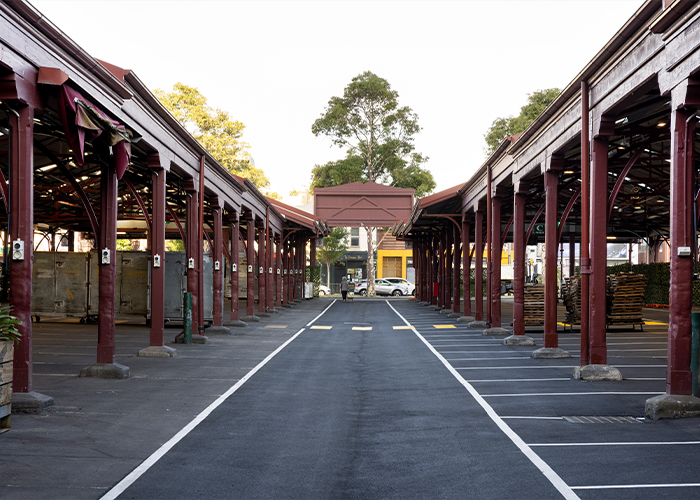
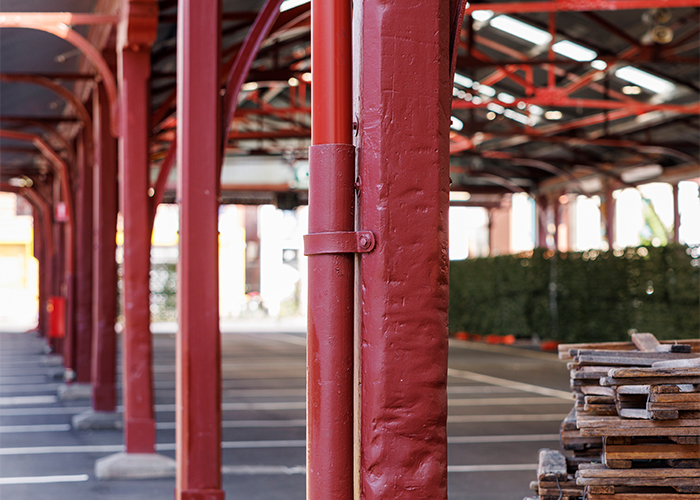
One particularly intriguing aspect of this project was the structural assessment of the hardwood columns. To ensure the integrity of these historic timbers, we used a specialised drill test that detected hidden defects. By measuring the force required to drill through the timber, we could identify cracks or voids. This process allowed us to uncover defective timbers that appeared sound from the outside, highlighting the importance of these assessments. In preserving the authenticity of the heritage columns, we employed various carpentry methods:
Method 1: Injecting the Timber Member
Cracks in the timber were cleaned out, and epoxy was slowly injected into all crevices using a hypodermic needle. This method aimed to stabilise the timber and prevent further deterioration.
Method 2: Timber Splicing
Where the timber was damaged or decayed, we cut out and removed the defective sections. Salvaged portions of the original post or new material were joined using a half-lap joint to splice the posts. The replacement sections were meticulously matched to the existing profile, seamlessly blending with the heritage posts.
Method 3: Replacement of Timber
In cases where the columns were beyond repair, we replaced the timber posts, corbels, and top beams with like-for-like materials.
The great strength of this restoration project is in the invisibility of its outcome. Our work at the Queen Victoria Market will ensure its longevity into the future. Read more about the project here.
425 Collins Street
For the past 12 months, we’ve been engaged in restoring another Melbourne icon – 425 Collins Street. Designed by Bates, Smart and McCutcheon and constructed in the 1920s, this building holds immense historical significance and architectural splendour. The restoration project includes a series of conservation and repair works to the building’s façade, in addition to service upgrades to the exterior and interior.
The most significant aspect of this project is the meticulous restoration of the sandstone façade. Over time, the sandstone has deteriorated and delaminated due to weather. Our team of experts have been working on removing the dilapidated stone and replacing it with like-for-like pieces using the original stone product, initially quarried from Sydney.
Detailed stone pieces such as scrolls, volutes, and cornices are CNC-milled offsite to recreate the carved profiles, while basic square blocks are cut locally in Melbourne. The stones arrive on-site pre-cut, and ready for installation, then our skilled stonemasons complete the final touches, ensuring a seamless match with the existing stonework.
In cases where only a portion of the existing stone is dilapidated, we employ indent repairs, which involves cutting out the damaged section and replacing it with new stone.
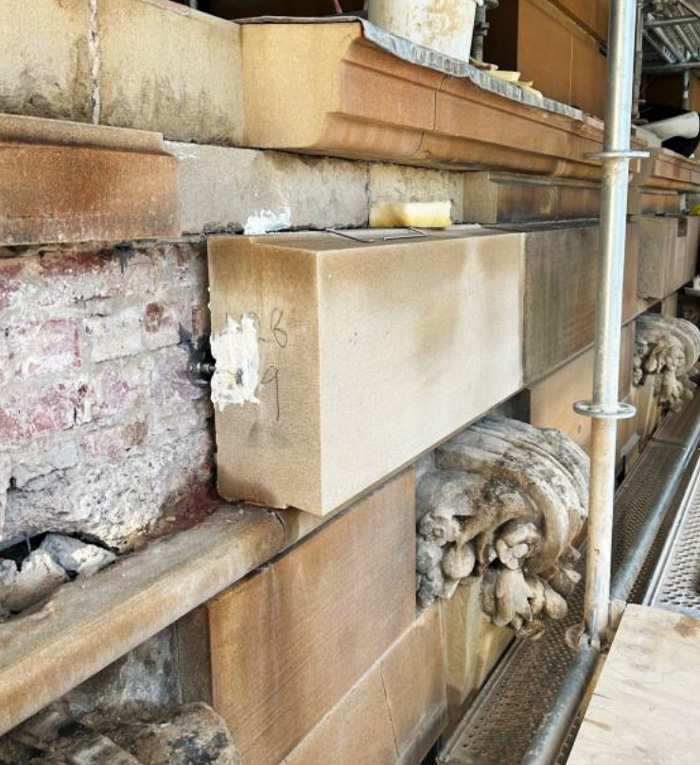

Restoring heritage-listed buildings is a labour of love that requires a delicate balance between historical preservation and modernisation. The Queen Victoria Market Heritage Sheds and 425 Collins Street projects are emblematic of our commitment to preserving Victoria’s architectural heritage. Through a blend of traditional craftsmanship and innovative techniques, we ensure these landmarks continue to stand the test of time, celebrating the past and enriching the future.
At McCorkell, heritage conservation projects have been part of our DNA since 1928, and we remain dedicated to preserving the cultural and architectural treasures that define our heritage.
